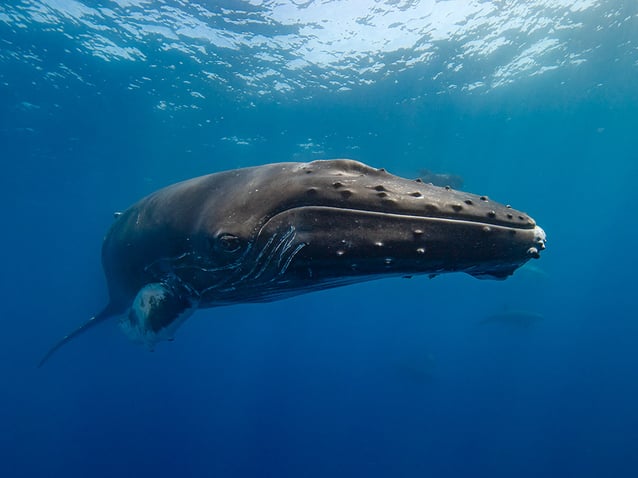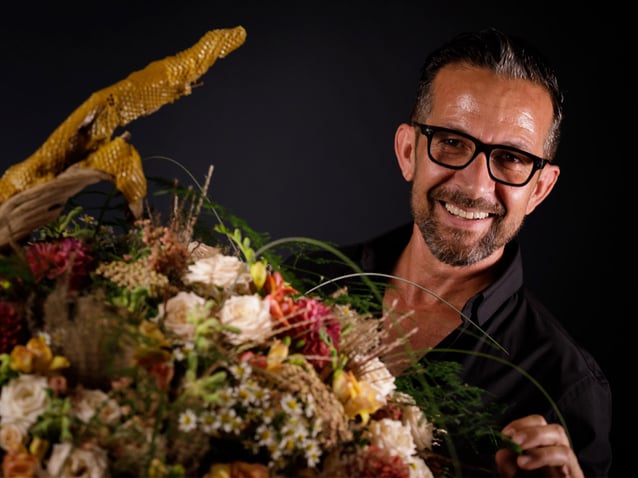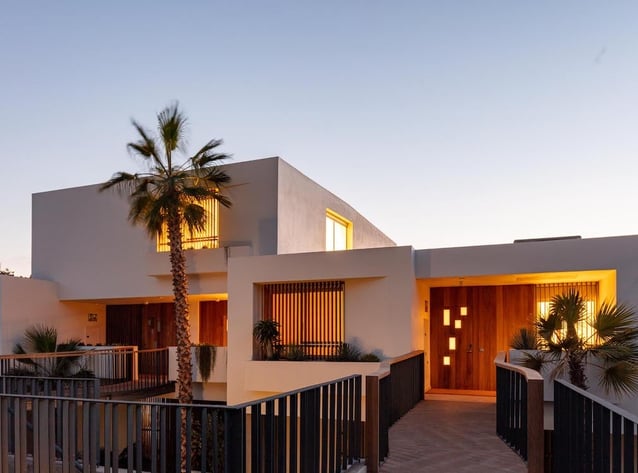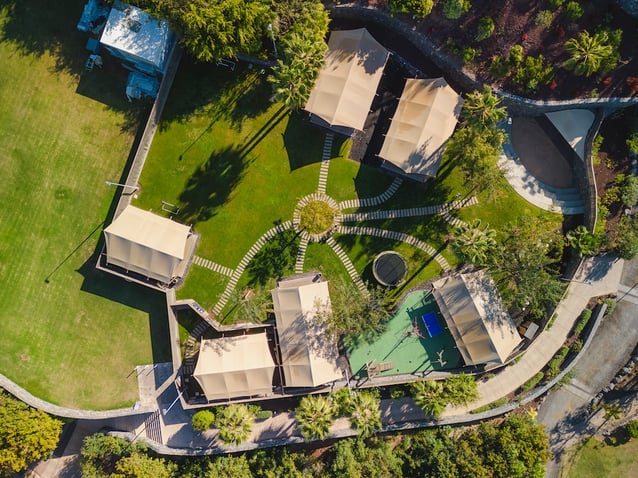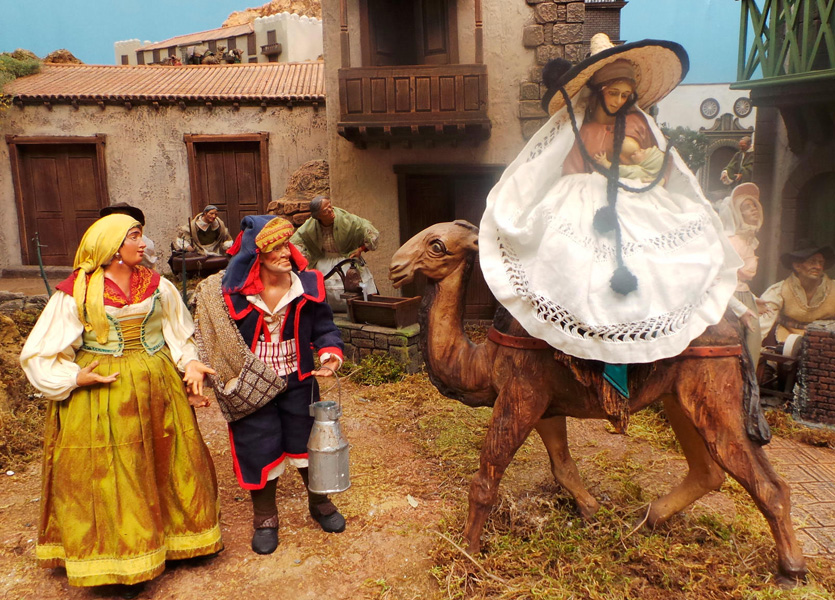
Staying at Abama and enjoying a Tenerife Christmas is nothing less than perfection: warm sun, days at the beach, a few swings on the greens and lots and lots of leisure time. But if you love Christmas holiday traditions, you’ll be pleased to learn that you can enjoy local ones until almost the 7th of January. You may even decide that a holiday stay at Abama is something you should plan every year. Dances, Christmas carols, creches and special delicacies are but a few of the Canary Islands traditions rooted in Christianity. We’ve gathered together some of the most popular so that, together with the holiday events we already presented, you’ll have plenty of reasons to fall in love with Abama all over again. Take note and dive into your island Christmas!
The Dance of the Child (El Tajaraste del Niño)
Dance plays an important role in Canary Islands folklore, and it’s at the fore of Tenerife Christmas as well. The Dance of the Child (El Tajaraste del Niño) is one of the oldest traditions of the archipelago and its origins come from the rural areas of the islands. This group dance pays homage to Baby Jesus and is usually performed on Christmas Eve. One peculiarity is that normally these “dances of the Child” are performed only by men, though occasionally women may sing in an accompanying recitation.
Ranchos de Pascua
On Gran Canaria, especially in the towns of Teror and Valsequillo, one of the major traditions is Los Ranchos de Ánimas or Ranchos de Pascua. These groups have their origins in the practice of collecting funds for masses for people deceased in November, and over time they have been extended until Christmas. The original music was almost all percussion, made with swords and drums, but over time they have also incorporated string instruments. If you decide to take an excursion from your luxury property on Tenerife, it won’t be difficult to find these fascinating groups that will immerse you in one of the oldest traditions on the islands.
Creches and parades
Creches and nativity scenes are a reflection of the great tradition of Christian artistry and never absent from parishes or Canary Island homes, especially those with children. Traditionally, these representations of the birth of Jesus Christ occupied a prominent place in the home, where they greeted friends and family who came for a visit. Today, the tradition remains alive for the pleasure of children, but the best creches tend to be put together by institutions or churches. One of the most popular in all the Canary Islands is the live nativity scene in Tigaiga (Los Realejos), put on by the residents themselves, and representing the most important moments of the Biblical tale. This year too, in La Orotava, they have installed a huge creche featuring more than 300 pieces of artwork.
On the 5th of January, as is tradition all over Spain, there will be a Three Kings Parade, in which Melchior, Balthazar and Caspar will throw candy to the children in attendance in homage of their offerings to the Baby Jesus.
Fish, meat, and other typical delicacies of an island Christmas
Finally, Christmas in the Canary Islands has, of course, its delicious culinary facet. Protagonists include trout filled with almonds, baifo (kid) marinated in adobo, or rabbit with salmorejo, accompanied by papas arrugás (wrinkly potatoes), a typical side dish. Those prepared to fully dive into Christmas gluttony will be delighted by the endless array of tradicional sweets like marzipan, polvorones, and Tejeda stuffed almonds. On Tenerife, cakes from Los Realejos are very popular, with a guava filling and an origin attributed to the monks who lived in convents on the north side of the island.
If you have the urge to really live up the traditional Tenerife Christmas this year, take a little excursion from your residences at Abama. With music, artistry and gastronomic delights around every corner, we’re sure that the Canary Island Christmas will bring you back again and again, and give you a unique window onto Tenerife culture.

